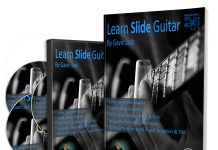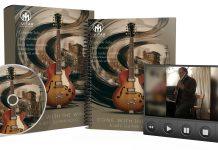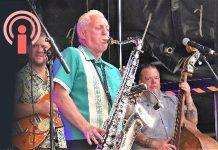A Dictionary of Music and Musicians (A.D. 1450-1889)
COMPETITION – WIN 1 OF 3 OF OUR NEW BOOK LAUNCH
TAKE PART IN THE COMPETITION TO WIN ONE OF THREE NEW BOOKS BY GOING TO THIS GMI WEBSITE AND CHOOSING ONE OF THE ANSWERS.
Electric Guitars, The Illustrated Encyclopedia
Electric Guitars: The Illustrated Encyclopedia is a tour through pop-music’s most celebrated musical instrument. Covering several decades of iconic pieces, this guide describes electric guitars produced by every significant manufacturer from Alembic to Zemaitis.
Alongside every model is detailed information and a host of action pictures of key players, from Chet Atkins to Joey Z. 1,200 photographs really bring each guitar to life. With 800 classic, rare and unusual instruments from all major manufacturers in studio-quality photographs, plus illustrations of key players, original ads, and memorabilia, it’s easy to get lost within these pages.
Comprehensive and informative text with a unique A-to-Z guitar directory covers makers’ histories, great guitarists, and musical trends. This is the definitive guide to the electric guitar, written and researched by the world’s leading authorities on the instrument that has shaped over 50 years of popular music.
In words and pictures, detailed descriptions of just why the electric guitar is the most exciting icon of modern pop music.
A Dictionary of Music and Musicians (A.D. 1450-1880) by Eminent Writers, English and Foreign, With Illustrations and Woodcuts
A Dictionary of Music and Musicians (A.D. 1450-1880) by Eminent Writers, English and Foreign

















